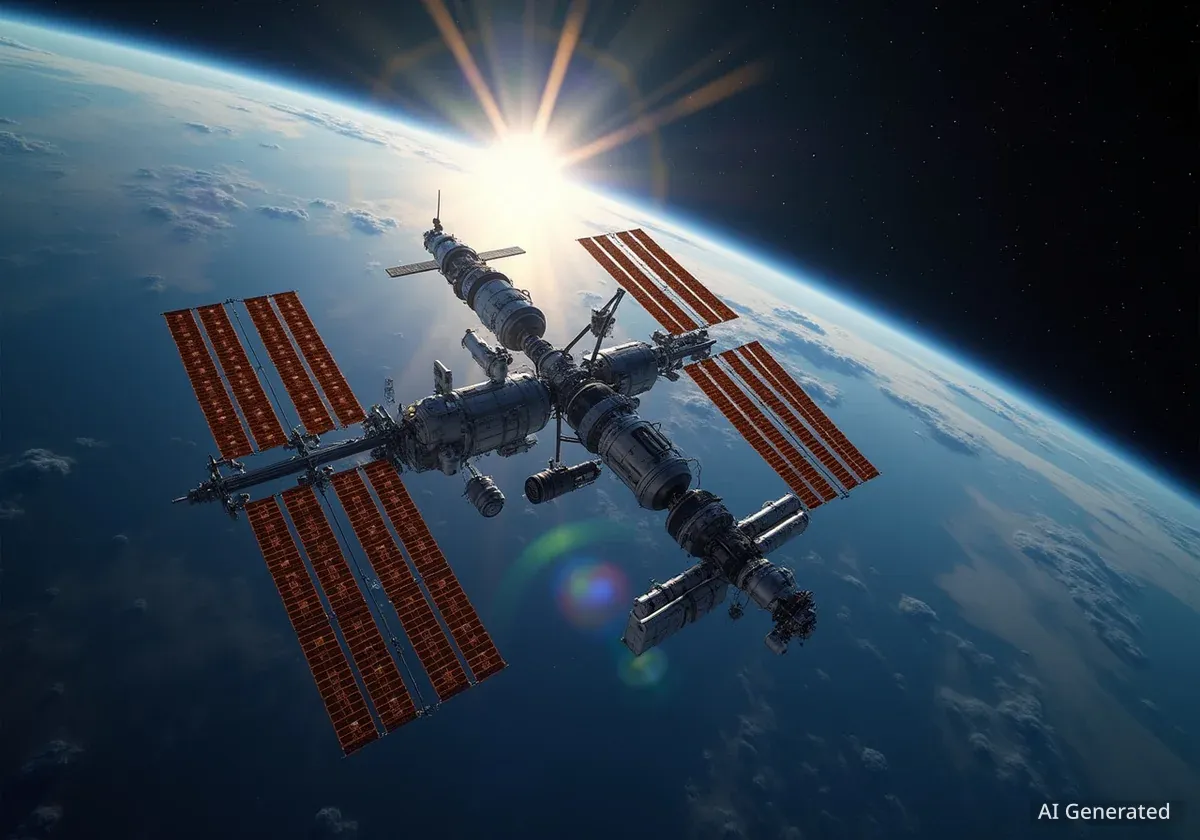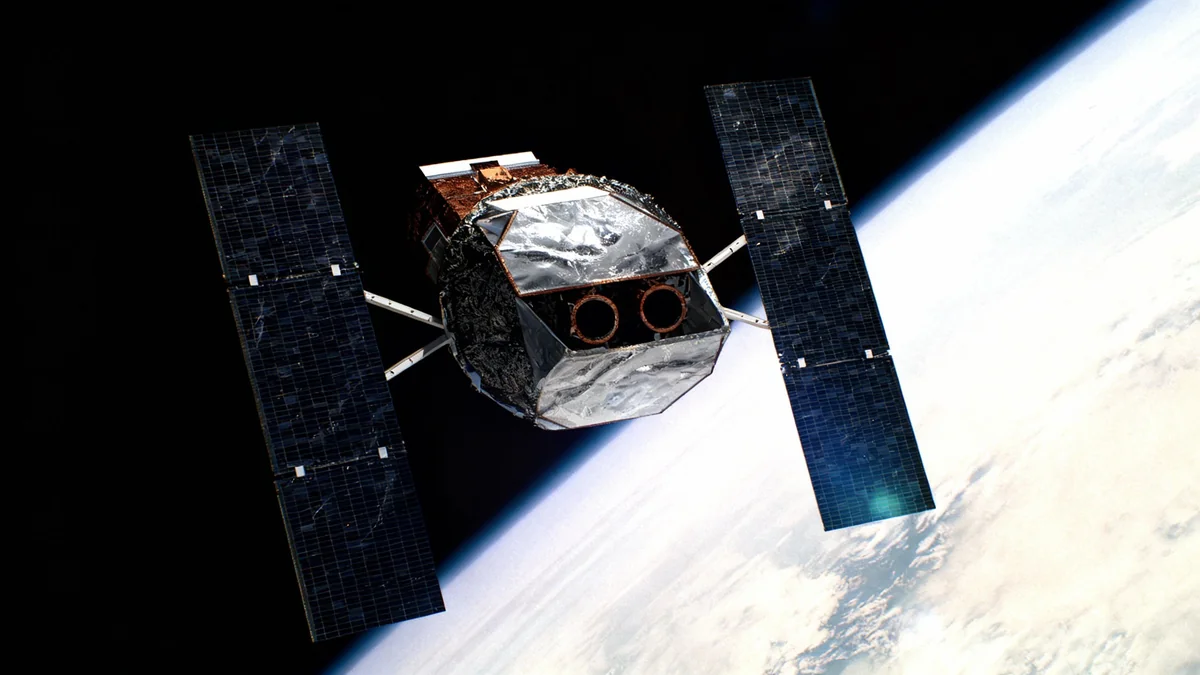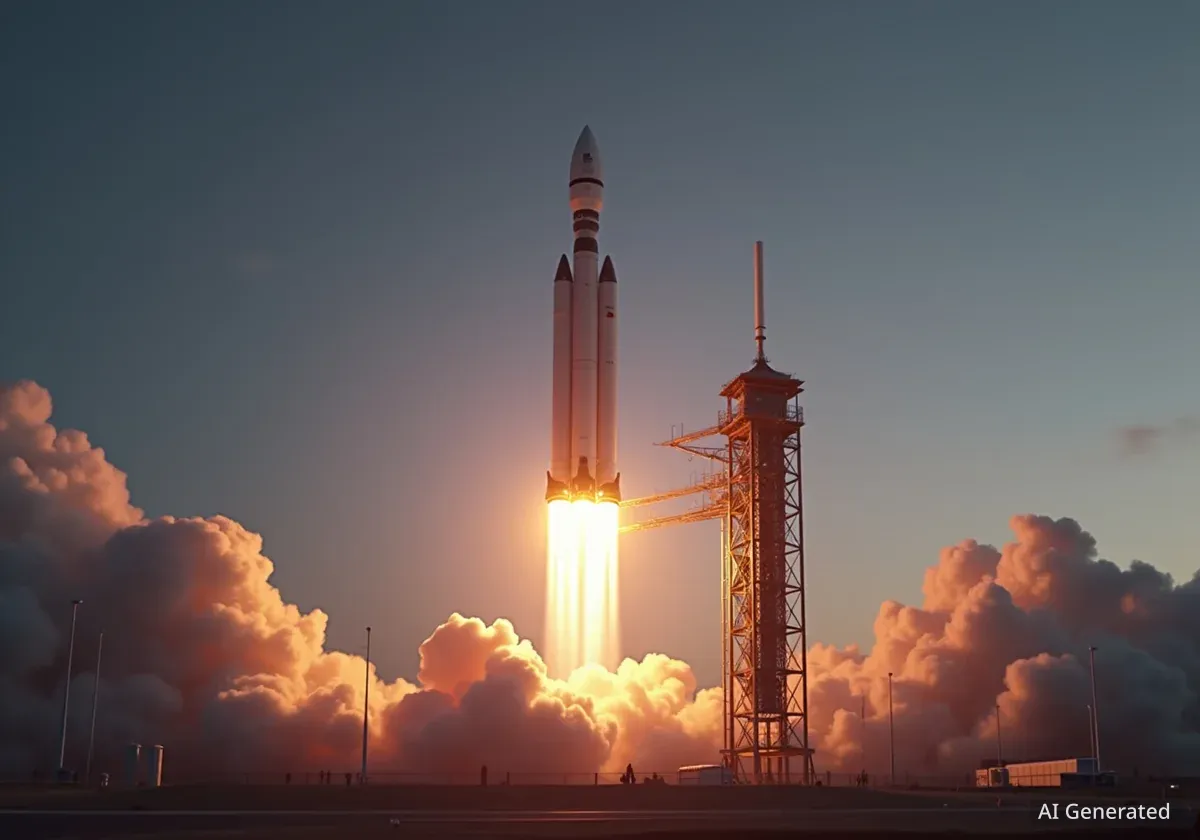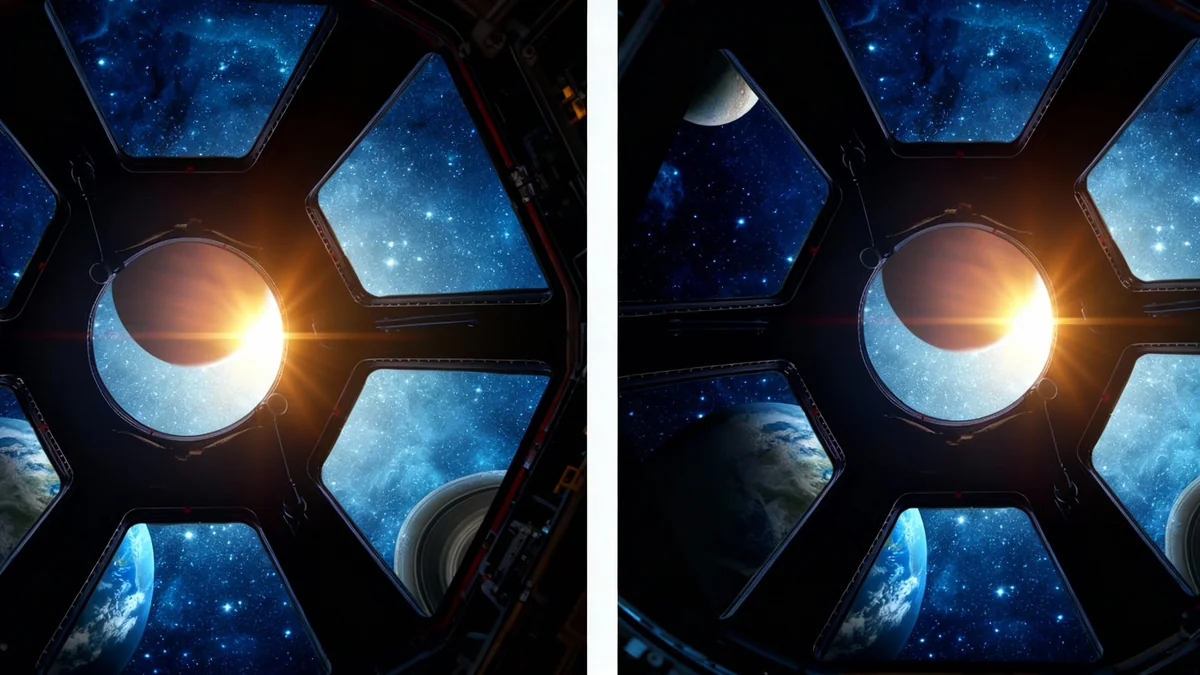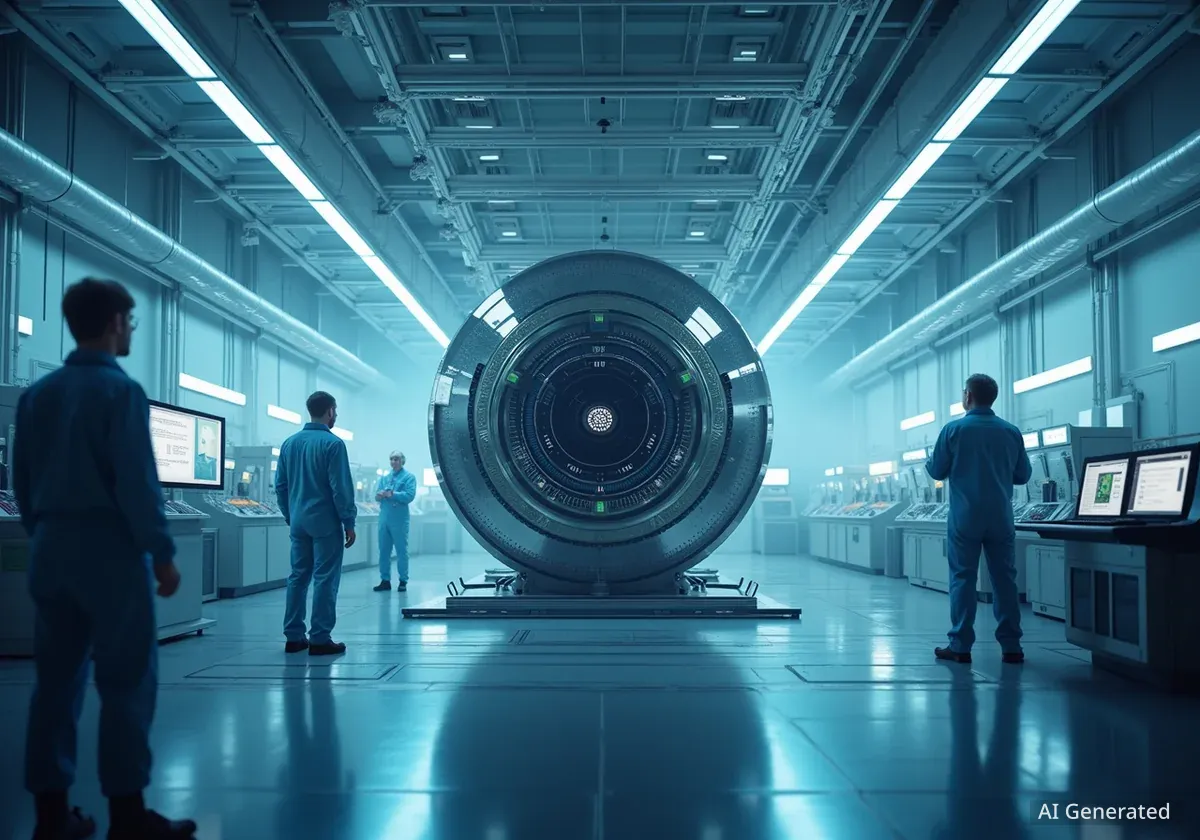The era of government-dominated space exploration is giving way to a new chapter led by commercial enterprises, with companies like Vast pioneering the development of private orbital habitats. According to Andrew Feustel, Vast's Lead Astronaut, the next decade will see a fundamental shift in how humanity lives and works in low-Earth orbit.
Speaking at the Bloomberg Tech conference in London, the former NASA astronaut outlined a future where private space stations provide critical infrastructure for science, manufacturing, and tourism, creating a sustainable economy beyond Earth.
Key Takeaways
- Private companies like Vast are developing commercial space stations to succeed the International Space Station (ISS).
- Andrew Feustel emphasizes that this new infrastructure will create a robust low-Earth orbit economy.
- Future orbital habitats will focus on artificial gravity to mitigate the health effects of long-duration spaceflight.
- Global collaboration between commercial entities and national space agencies remains crucial for future success.
A New Era in Low-Earth Orbit
The International Space Station, a symbol of global scientific cooperation for over two decades, is projected to be deorbited around 2030. This looming deadline has created an urgent need for new orbital platforms, a gap the private sector is racing to fill.
Andrew Feustel explained that the transition is not just about replacing old hardware but about reimagining our presence in space. "We are moving from an age of pure exploration to one of industrialization and settlement," Feustel stated during his discussion. He stressed that the goal is to build a permanent, self-sustaining human presence in orbit.
This new generation of space stations will serve a diverse range of clients. Pharmaceutical companies could conduct microgravity research, manufacturers could produce unique materials impossible to create on Earth, and space agencies could send astronauts for training without the expense of owning and operating their own stations.
The Challenge of Gravity
One of the most significant long-term challenges for humans living in space is the absence of gravity. Prolonged exposure to microgravity leads to well-documented health issues, including bone density loss, muscle atrophy, and vision problems. Feustel highlighted this as a primary focus for Vast's designs.
"To have a sustainable and long-term presence, we must address the human factor. Artificial gravity is not science fiction; it is a necessary technology for the future of space habitation."
Vast's roadmap includes developing stations that can rotate to simulate gravity. This technology would be a game-changer, enabling humans to live and work in orbit for extended periods without the severe physiological toll experienced by current astronauts. It is a critical step for missions to the Moon, Mars, and beyond.
Living in Space: The Health Impact
Astronauts on the ISS can lose up to 1-2% of their bone mass for every month spent in space. To combat this, they must exercise for approximately two hours every day using specialized equipment. Artificial gravity aims to eliminate the need for such intensive countermeasures.
Building an Orbital Economy
The vision extends far beyond scientific research. Feustel described a future bustling with economic activity in low-Earth orbit. This includes not only advanced manufacturing and research but also space tourism and media production.
The key is lowering the cost of access to space, a trend driven by reusable rocket technology from companies like SpaceX. As launch costs decrease, more opportunities become economically viable.
Feustel outlined several potential markets:
- In-space Manufacturing: Creating high-value products like fiber optics, semiconductors, and bio-printed organs in a microgravity environment.
- Scientific Research: Providing state-of-the-art laboratories for private companies, universities, and government agencies.
- Space Tourism: Offering unique experiences for private citizens, moving beyond short suborbital flights to extended stays in orbit.
- Logistics and Servicing Hub: Using space stations as waypoints for satellite repair, refueling, and assembly of larger spacecraft destined for deeper space.
"We are not just building a destination; we are building the foundational infrastructure for an entire economy off-planet," he added. This economic driver is what makes the commercial model sustainable in the long run, independent of fluctuating government budgets.
The Role of International Partnership
While commercial companies are taking the lead, Feustel emphasized that global collaboration remains essential. The frameworks and partnerships established through the ISS program provide a valuable model for the future. He sees a hybrid approach where national space agencies like NASA and ESA become anchor tenants and customers on commercial stations, fostering a seamless transition and ensuring continued international cooperation in space exploration and science.
The Path Forward
The next few years are critical for the commercial space industry. Companies like Vast are on an ambitious timeline to design, build, and launch their first station modules before the ISS is retired. Success will depend on technological innovation, private investment, and continued support from government partners.
Feustel, who has spent over 225 days in space across three missions, brings a unique perspective as both a veteran astronaut and an executive shaping the next generation of spaceflight. His confidence reflects a broader trend in the aerospace industry: the belief that humanity's future lies in a collaborative, commercially driven expansion into the solar system.
The development of these new orbital platforms marks a pivotal moment. It represents the next logical step in our journey off-world, transforming low-Earth orbit from a remote outpost for a select few into a dynamic hub of human activity and commerce.

